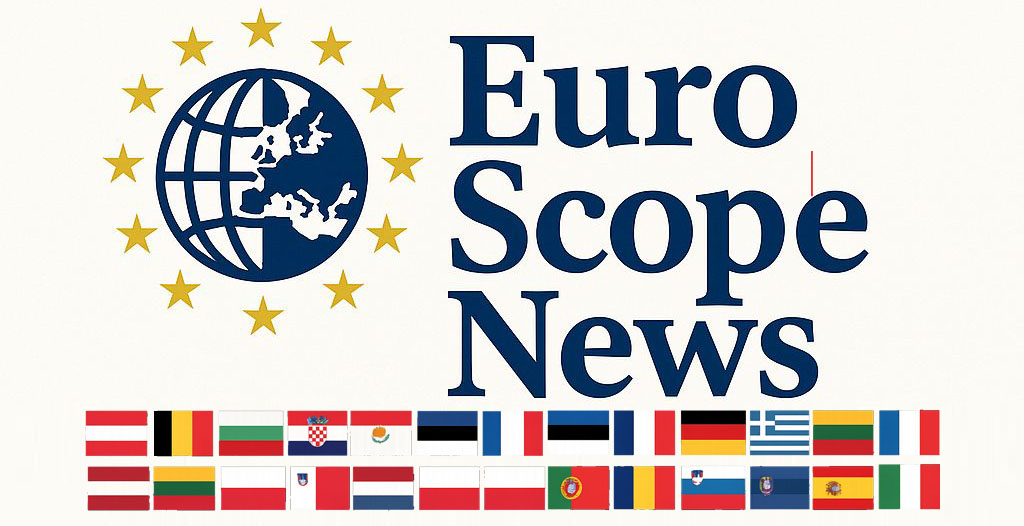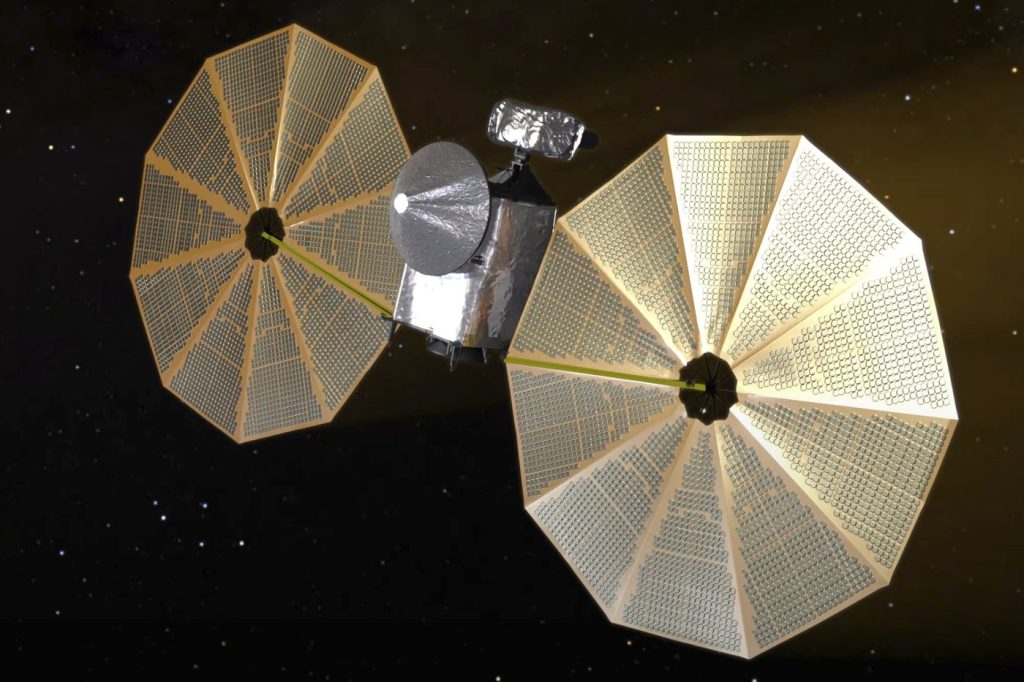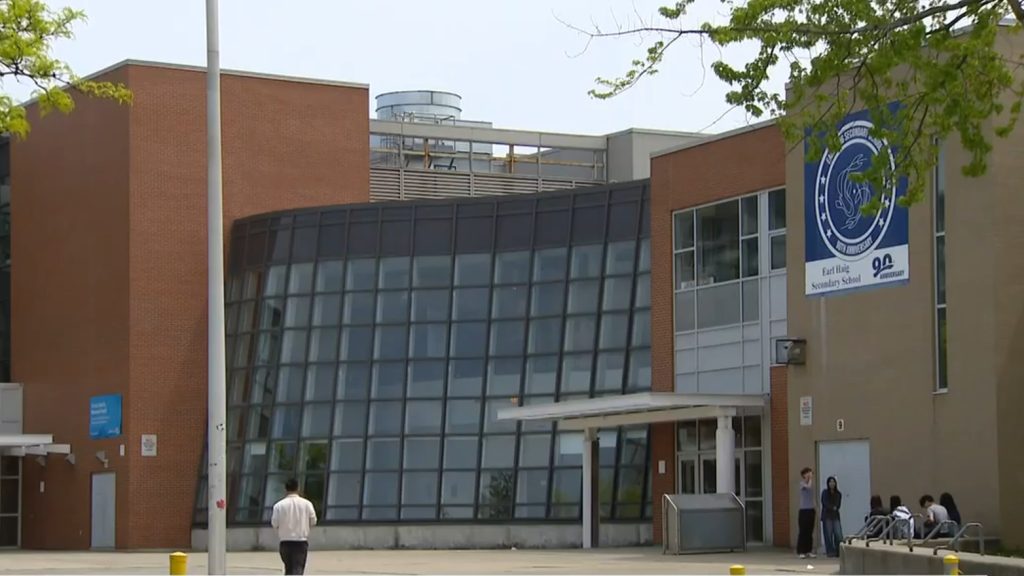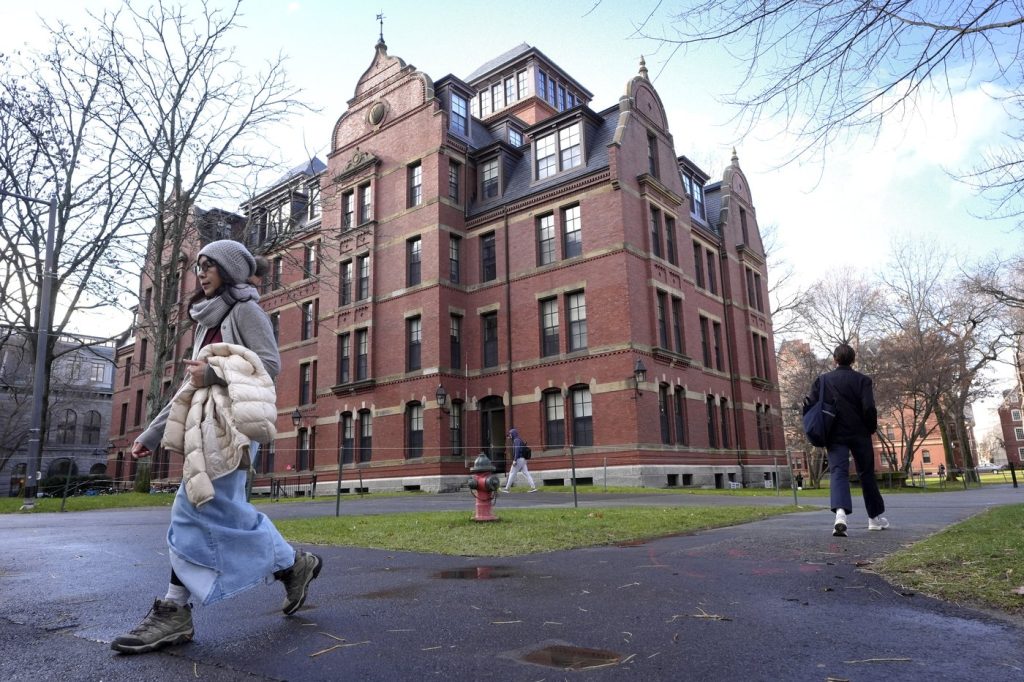CAPE CANAVERAL, Fla. (AP) — NASA's Lucy spacecraft has transmitted images from its recent asteroid flyby, unveiling an unusual and elongated space rock. The agency released these images on Monday, following the close approach that occurred the day before. This event was termed a "dress rehearsal" for more significant asteroid encounters that are anticipated as the mission progresses closer to Jupiter.
The asteroid, designated Donaldjohanson, is larger than scientists had originally estimated. With measurements of approximately 5 miles (8 kilometers) in length and 2 miles (3.5 kilometers) at its widest point, its shape has been compared to that of an irregular bowling pin. The length of the asteroid posed a challenge for the spacecraft, preventing it from capturing the entire structure in a single image during the initial data download.
NASA has indicated that further data returned in the upcoming week will provide more insight into the asteroid's shape and characteristics. Lucy made its closest approach to Donaldjohanson, flying within 600 miles (960 kilometers) of the asteroid on Sunday, September 10, 2023, while navigating through the main asteroid belt located between Mars and Jupiter.
The name Donaldjohanson honors the paleontologist responsible for the discovery of the famed human ancestor fossil known as Lucy, which was unearthed 50 years ago in Ethiopia. This connection reflects the mission's overarching theme of exploration and discovery, highlighting both astronomical and anthropological history.
Launched in 2021, the Lucy spacecraft's primary mission is to investigate the Trojan asteroids, which are yet unexplored celestial objects situated in the vicinity of Jupiter. The mission includes a series of eight planned flybys of these Trojan asteroids, set to occur between now and 2033. Each flyby is expected to enhance our understanding of the early solar system and the formation of planetary bodies.
The ongoing mission has garnered significant attention due to its unique objectives and the scientific insights it aims to provide. As the Lucy spacecraft continues its journey, astronomers and researchers eagerly await the additional data that will emerge from its encounters with the Trojan asteroids. Such information is critical in piecing together the complex history of our solar system and the origins of the planets within it.
The Associated Press Health and Science Department acknowledges its support from the Howard Hughes Medical Institute's Science and Educational Media Group, along with the Robert Wood Johnson Foundation. The AP maintains sole responsibility for all content reported.
Marcia Dunn, writing for The Associated Press, contributes to our understanding of this remarkable space mission, emphasizing the significance of Lucy's observations and findings as they unfold.












